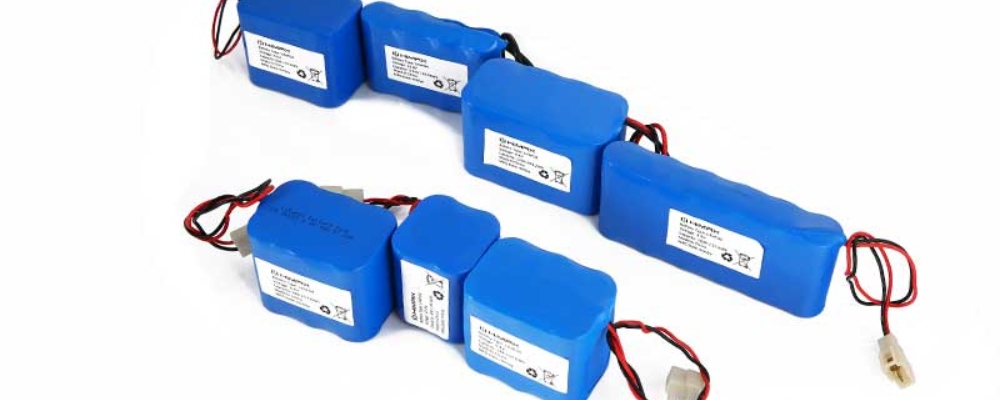what are you looking for?
In recent years, solar lights have gained immense popularity as a sustainable and energy-efficient lighting solution. Harnessing the power of the sun, they provide illumination without the need for traditional electricity sources. At the heart of these remarkable devices lies the battery, which plays a crucial role in storing energy and delivering it when needed.
Ni-Cd batteries were once a common choice for solar lights due to their affordable price and ability to handle extreme temperature conditions. However, they have fallen out of favor in recent years due to environmental concerns surrounding the cadmium content. Ni-Cd batteries also suffer from memory effect and have a lower energy density compared to other battery types.
Ni-MH batteries are an improvement over Ni-Cd batteries in terms of environmental impact and energy density. They are more efficient, have a higher capacity, and offer better performance in extreme temperatures. Additionally, Ni-MH batteries are relatively inexpensive and have a lower self-discharge rate, which means they retain their charge for long periods. They are a popular choice for solar lights that require higher power outputs.

Li-ion batteries have become the go-to choice for many solar light manufactures due to their superior performance and long lifespan. These batteries offer high energy density, meaning they store more energy in a smaller, lighter package. Li-ion batteries are more efficient, have a longer lifespan, and are not prone to the memory effect. They also have a low self-discharge rate, retaining their charge for extended periods. While Li-ion batteries are more expensive than Ni-Cd and Ni-MH batteries, their longer lifespan and superior performance justify the investment.
LiFePO4 batteries are a specific type of lithium-ion battery that offers excellent thermal stability, longer cycle life, and enhanced safety. They are known for their ability to perform well in extreme temperatures and are less likely to overheat or catch fire. LiFePO4 batteries have a slower self-discharge rate and maintain their charge for extended periods, making them ideal for solar lights used in areas with low sun exposure or long, overcast winters.

Xiamen SLD Technology Co., Ltd
 Chengyi North Street, Software Park 3, Jimei District, Xiamen Fujian, China
Chengyi North Street, Software Park 3, Jimei District, Xiamen Fujian, China +86 188 5929 8629
+86 188 5929 8629 sales@solarlightsdo.com
sales@solarlightsdo.com Blog | Sitemap | XML | Privacy Policy
Blog | Sitemap | XML | Privacy Policy

